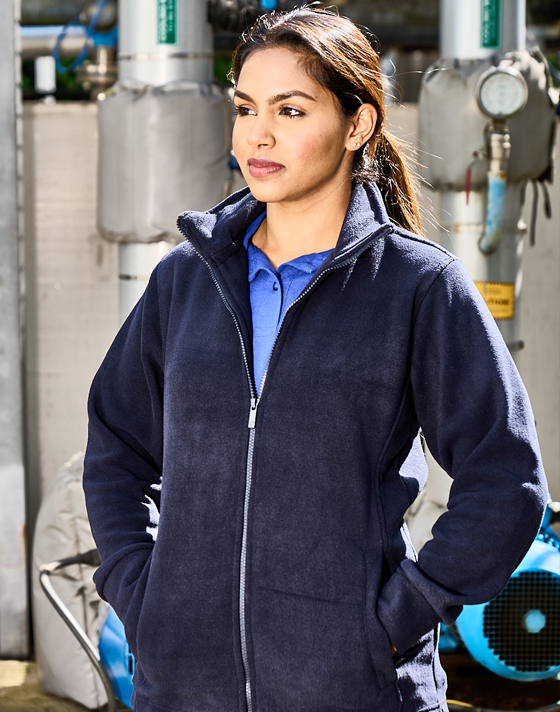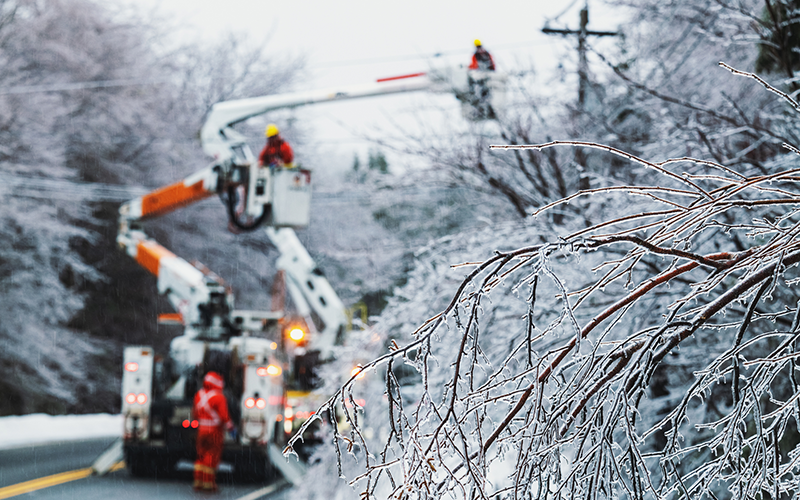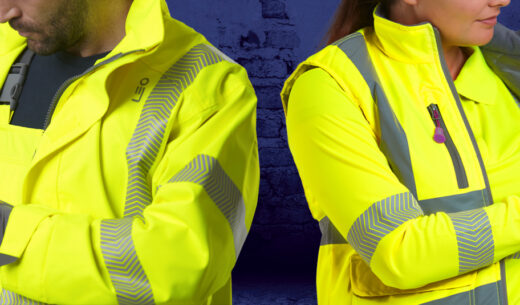How to Layer up and Keep Warm for Winter
The layering principle is based on the idea of building up your outfit with layers to ensure maximum flexibility and to optimise protection. You can add a layer when you’re at rest or the temperature drops and shed a layer when you’re active or the temperature rises.
The basic principle goes like this: base layers – the first layer that’s directly next to your skin designed to lock in body heat and wick away sweat; the middle (or mid-) layer – also designed to lock in body heat and wick away sweat with the added benefit of being breathable; the outer layer – designed to protect you from the elements, so it should be waterproof and windproof as well as breathable. When it’s really cold you should look for an outer layer with added insulation.
To optimise each layer you need to consider the material each garment is made from, as well as how they can work together. For example, a really thick outer layer will completely hinder the breathability of a technical mid-layer. While a cotton base layer, like a t-shirt, will trap sweat and cool you down over time, even if you’re wearing a sweat-wicking mid-layer.
What should a base layer be made of?
You have two paths to choose: synthetic or natural fabric. The most common natural option is wool, more precisely, merino wool. This very fine fibre traps heat and wicks away sweat and has the added advantages of being odour-resistant, breathable and insulating even when wet. However, it’s not that durable and often has to be woven with synthetic fabrics to imbue added strength to the garment.
The most affordable option is a base layer made from synthetic fabric, usually polyester or nylon. Nylon is more durable than polyester but it’s more expensive. Both will wick away sweat and trap body heat, but they’re prone to becoming a bit stinky over time. More expensive synthetic garments will also be breathable and quick drying.
Whether you opt for synthetic or natural fabrics, always choose a close-fitting garment, as it will be more effective at maintaining your core temperature.
Are fleece jackets good for winter?
Most middle layers are made from synthetic fabrics, though some are of wool. This is a real workhorse of a layer; it has to wick away sweat, keep you warm, dry, breathe and block out light rain, because when you’re active in good weather this will be your outer layer.
Fleece jackets are ideal mid-layers. Fleece made from polyester, comes in different weights and weaves, though all will trap body heat and wick away moisture. Micro fleeces are thin and pliable but are designed to be used as part of a layering system, so don’t offer any additional weather protection. Fluffy fleeces are usually a lot bulker and not really designed to be used when space and weight are an issue on an adventure.

Are soft-shell jackets good for winter?
During the autumn and spring seasons, fleece mid-layers are the ideal choice. They offer lightweight insulation and very low weight and bulk. But during the winter, you may need a little more protection from your mid-layer. Cue the soft-shell jacket.
Soft shells combine technologies and functionalities from the hard-shell layer and fleece mid-layer to deliver a do-it-all mid-layer. Although they’re not waterproof, many are windproof. They tend to have a water-resistant overlay over the shoulders, or a water-resistant treatment applied directly to the fabric.
They are made to be kept on while active, so are breathable, sweat-wicking and quick-drying. And they usually have lightweight insulation, most often made from synthetic materials, either throughout the jacket or over the core – where you need it most. As such, they are incredibly versatile and a good investment piece. On milder, dry days you can even use them as your main outer jacket.
Are rain jackets good for winter?
The final layer is made from a hard-face shell material that is waterproof, windproof and breathable. It should be the layer you put on when the weather is poor or you’re at rest.
For winter, we suggest choosing an insulated shell jacket, as this will protect you from wet weather while keeping you warm. Lightweight insulation is fine for most active situations. And if you live in a wet winter-weather country, like the UK for example, synthetic insulation is best as it retains its insulating capacity even in damp conditions









